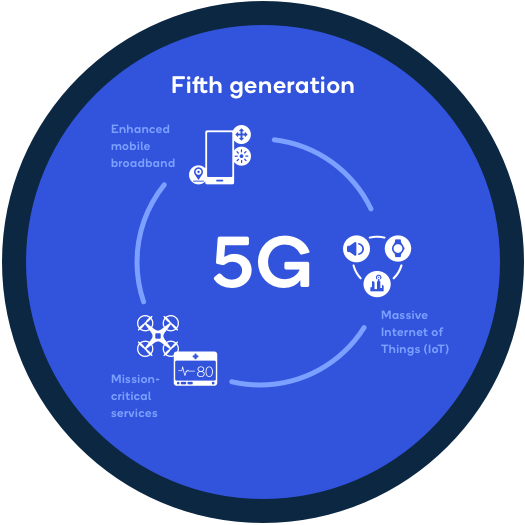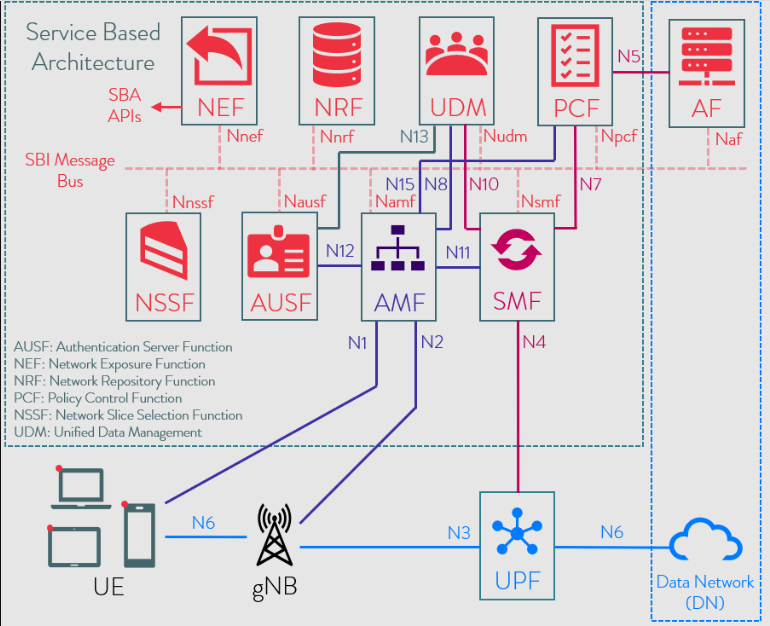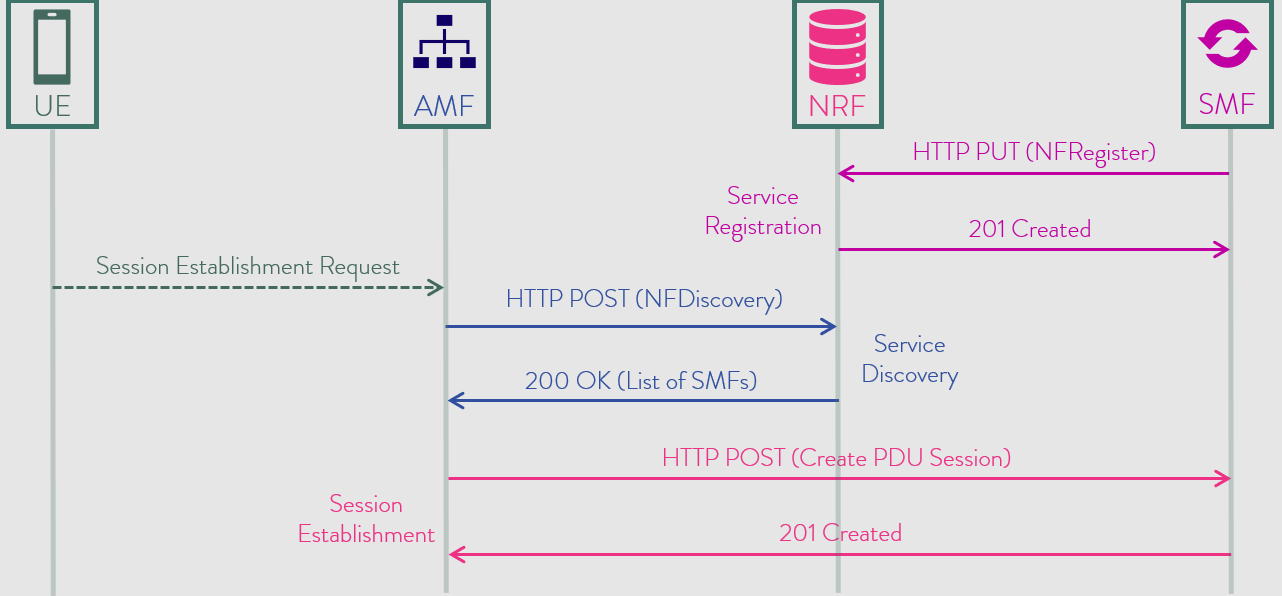There are several reasons that 5G will be better than 4G :
• 5G is significantly faster than 4G
• 5G has more capacity than 4G
• 5G has significantly lower latency than 4G
• 5G is a unified platform that is more capable than 4G
• 5G uses spectrum better than 4G
5G is a unified platform that is more capable than 4G : While 4G LTE focused on delivering much faster mobile broadband services than 3G, 5G is designed to be a unified, more capable platform that not only elevates mobile broadband experiences, but also supports new services such as mission-critical communications and the massive IoT. 5G can also natively support all spectrum types (licensed, shared, unlicensed) and bands (low, mid, high), a wide range of deployment models (from traditional macro-cells to hotspots), and new ways to interconnect (such as device-to-device and multi-hop mesh).
5G uses spectrum better than 4G : 5G is also designed to get the most out of every bit of spectrum across a wide array of available spectrum regulatory paradigms and bands—from low bands below 1 GHz, to mid bands from 1 GHz to 6 GHz, to high bands known as millimeter wave (mmWave).
5G is faster than 4G : 5G can be significantly faster than 4G, delivering up to 20 Gigabits-per-second (Gbps) peak data rates and 100+ Megabits-per-second (Mbps) average data rates.
5G has more capacity than 4G : 5G is designed to support a 100x increase in traffic capacity and network efficiency.1
5G has lower latency than 4G : 5G has significantly lower latency to deliver more instantaneous, real-time access: a 10x decrease in end-to-end latency down to 1ms.1


